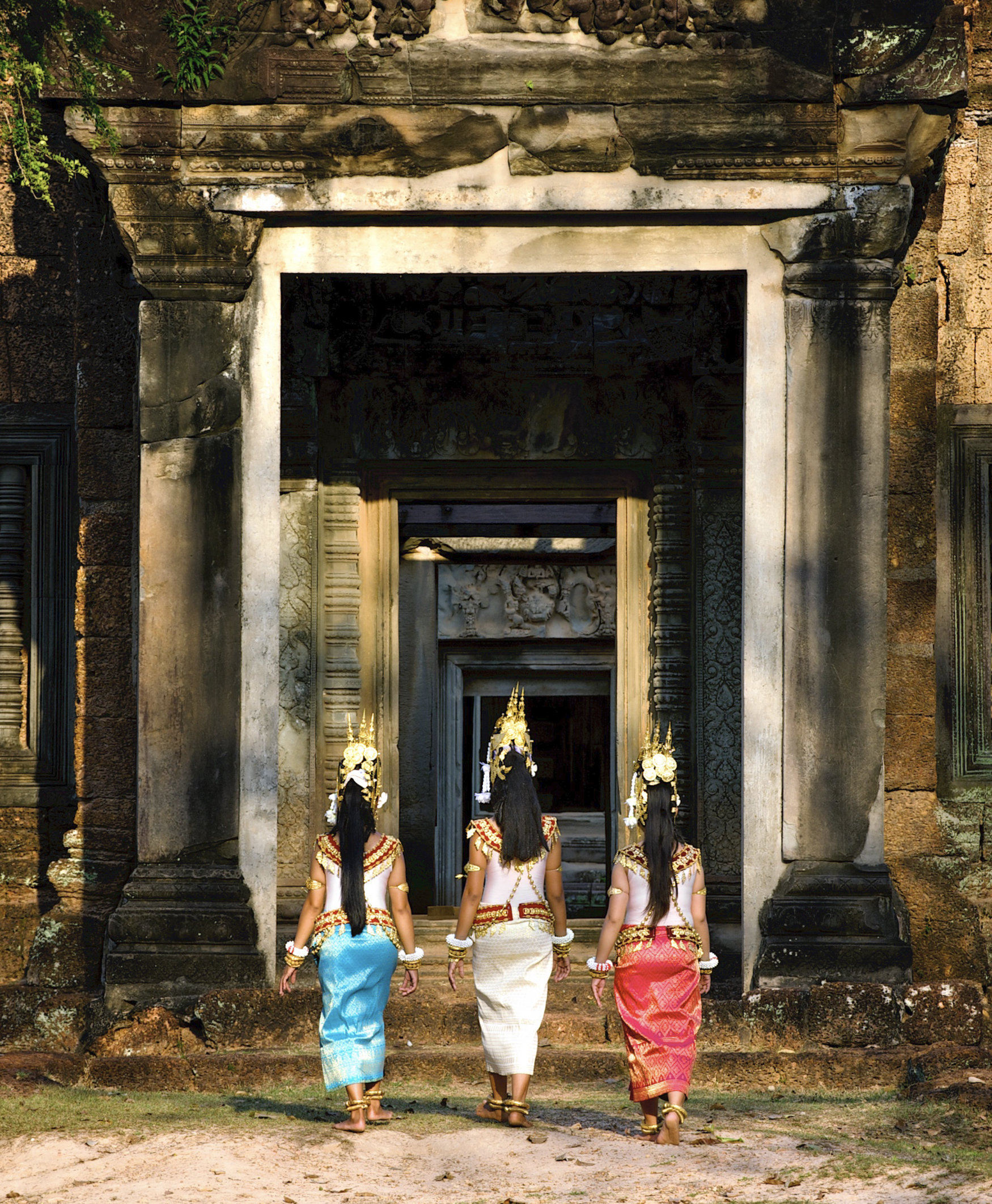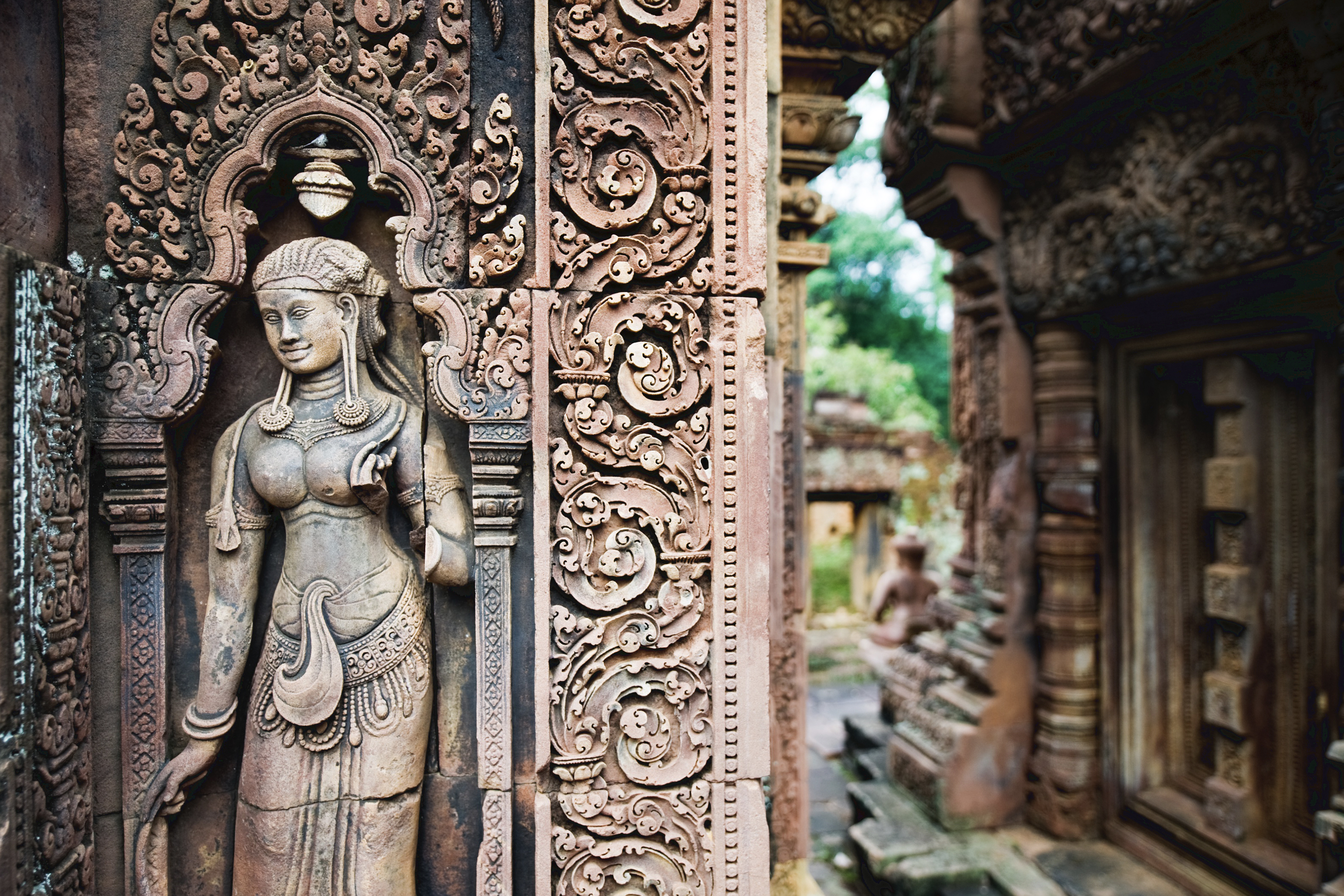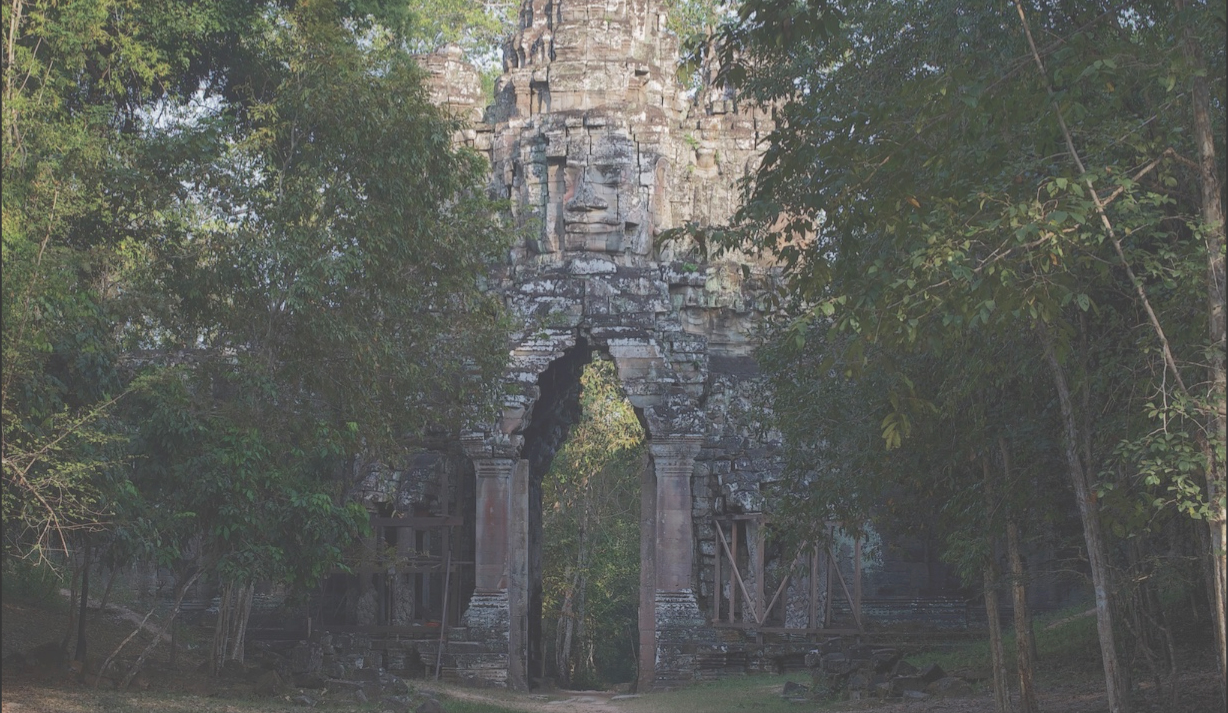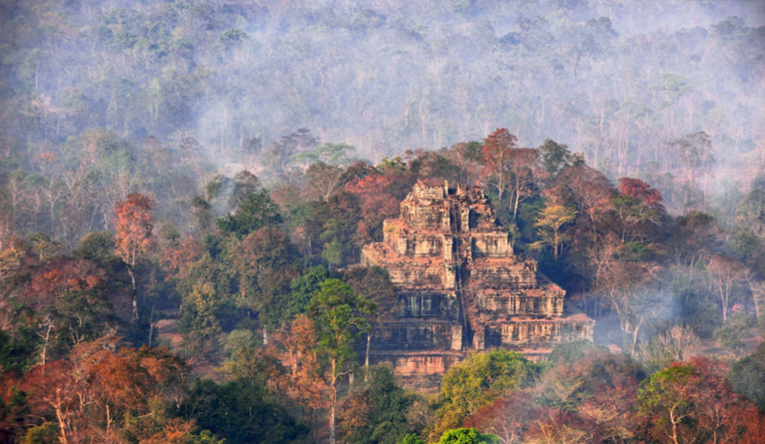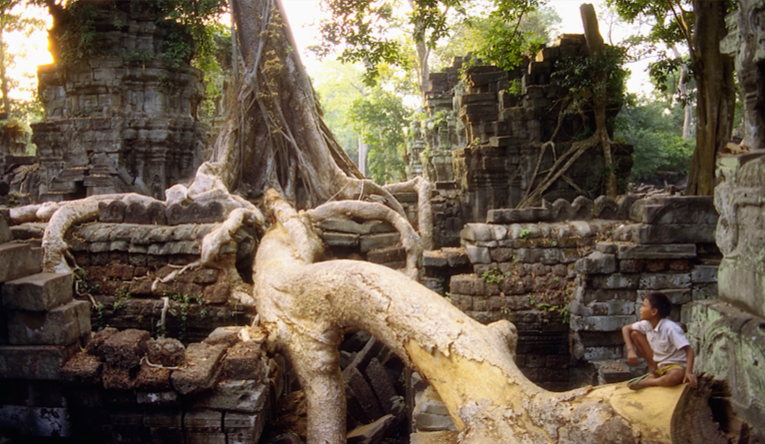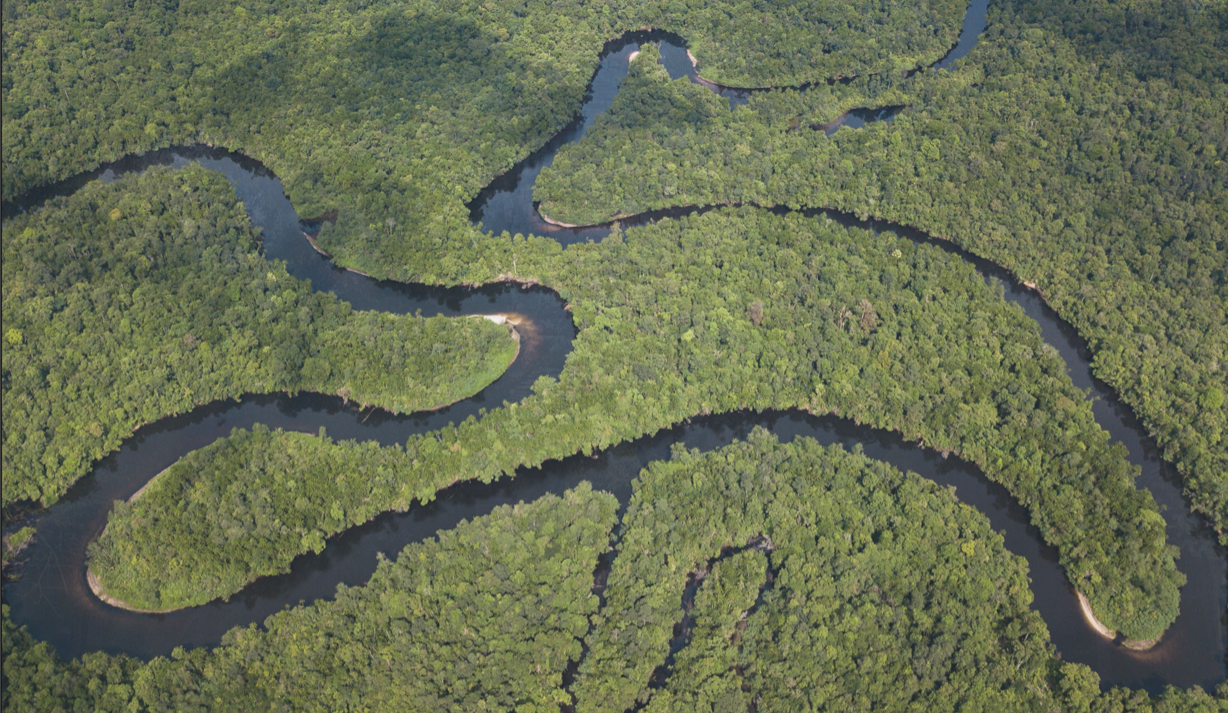Its worth the early morning start for this travel program, if only to experience Banteay Srei in the early hours after sunrise.
Unlike a number of other temples at Angkor, Banteay Srei sees visitors at all times throughout the day so a more quiet visit can only be made during the early morning. The road journey of 30 minutes is also delightful as it heads off Sra Sang reservoir, passing through a picturesque area of villages, coconut palms and rice fields.
Arguably, if there ever were an award for the most beautiful temple throughout the Angkor kingdom, Banteay Srei would likely come out on top.
What is special about Banteay Srei, is its abundance in carvings and the perfect harmony of architectural and sculptural art. Actually, at Banteay Srei building and ornamentation is nearly indiscernible, as in the case of the best examples of fine arts in India. But in contrast to Indian masterpieces Banteay Srei is not over-ornate. It's design is discreet, more delightful than impressive. Its dimensions are modest. Most visitors are surprised, how small Banteay Srei is. For example, the doorway of the central shrine is only 108 cm high, Apsaras and guardians only 70 cm tall. But nobody will be disappointed because of the miniature size of Banteay Srei. This fairyland temple fills everyone with enthusiasm.
Banteay Srei means "citadel of the women". This modern name may refer to its delicate and renowned feminate beauty.
Intriguingly, Banteay Srei was not a royal, but a so-called private temple and hence, was not even founded by a king. Rather, a counsellor of Rajendravarman II and teacher of Jayavarman V. In its time, in the second half of the tenth century, there were many more temples built by aristocrats or court officials. Prasat Kravan is an earlier example. But none of these private temples shows the ambition and magnificence of Banteay Srei. The temple was consecrated on April 22nd, 967.
On the road back to Siem Reap we turn off onto an unpaved stretch to reach the far eastern side of Banteay Samre temple. Here we disembark our vehicle and access the temple through a forested path.
Like Angkor Wat, Banteay Samre was obviously dedicated to Vishnu, though no inscription was has yet been found to confirm this. It is a matter of debate whether Banteay Samre was built by Angkor Wat founder Suryavarman II or by one of his high-ranking court officials or by Suyavarman's less significant immidiate successor Yashovarman II.
The temple was cleared by a French archaeological team of Maurice Glaize in 1930. After extensive restoration work between 1936 and 1944 according to the method called Anastylosis, this temple is one of the finest and most complete Khmer monuments now. Undoubtedly, Banteay Samray in its present condition is Angkor’s most significant flat temple from the Hindu period and the second most important example of the classical style of Angkor Wat.
This exquisite temple has two quite different and contrasting enclosures. The outer (83m x 77m) is a laterite gallery in a warm reddish tone, the inner court and its edifices are completely built in sandstone, which is of a grey colour. Both enclosures' gate pavilions, at the cardinal points, are decorated with excellent reliefs, at pediments in particular. These sandstone carvings are strikingly deep and together with Banteay Srei are the two most detailed temple sites in the Angkor group.
After our exploration we return to Siem Reap as the heat of the day takes hold.
PROGRAM CONCLUDES


